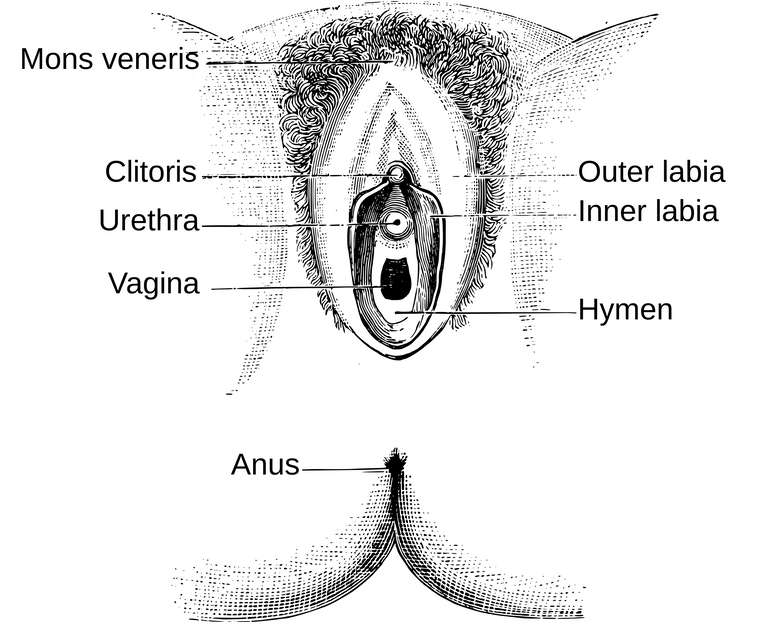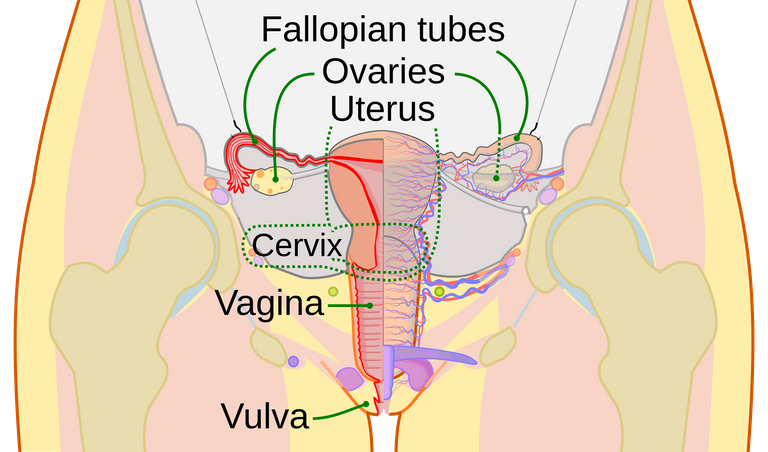Midwifery focuses on the health of women and their children. Women's health can be linked to that of a community as they represent the bedrock of the family's overall health and play a vital role in maintaining health.
A pregnant lady came to the hospital with a man (not married) some days ago, According to him, he brought her to the hospital because she has been sick for 2 weeks now. The 18-year-old lady was 8 months pregnant and had not registered for antenatal either has she been taking her pregnancy routine drugs. From a little conversation with her, she has been living with this man and is completely clueless about her health. I will like to stop here.

(Image Designed by me using Canva)
The encounter with this lady prompted me to start the “midwifery series”. This series will focus on the health of women and children. It aims at educating women on normal and abnormal cases of pregnancy, pregnancy-related diseases, care of a newborn, and midwifery-related diseases.
To have a better understanding of women's health as related to midwifery, We first need to understand the reproductive system of women. So today, we will get to know about the female Reproductive System; its components, and its functions.
Female Reproductive System
The female reproductive system is made up of two parts;
- External Reproductive Organ
- Internal Reproductive Organ
External reproductive organs consist of the vulva also known as the external genitalia (mon pubis, clitoris, labia minora, and labia majora) while the internal reproductive organ consists of the vagina, uterus, ovaries, and two fallopian tubes.
The female reproductive system is immature from birth till puberty when it's able to carry a fetus till term (time for delivery). In the non-pregnant state, the internal reproductive organs are located within the pelvis
External Reproductive Organs

By Name of engraver not given. - Handbook of Obstetric Nursing, 1902, by Francis W. N. Haultain and James Haig Ferguson., Public Domain, Wikimedia
Mon Pubis
It is a mass of fatty tissue that covers the pubic bone. It contains a sebaceous gland (oil-secreting) that releases pheromones.
Pheromones act like hormones but outside the body. During sexual intercourse, they induce sexual arousal in other individual.
Labia Majora
They are usually referred to as big lips. It is a large fold that encloses other external reproductive organs. Its major function is to protect the external reproductive organs. It also contains sweat glands that help in lubrication.
Labia Minora
It is usually referred to as small lips. It is the small fold that lies inside the labia majora. Due to the presence of numerous blood vessels, it is pink in color. During sexual stimulation, the labia minora gets engorged due to a rush of blood to the area.
Clitoris
It is a small tip located at the upper end in between the labia minora. Due to its high sensitivity, it plays a major role in sexaual arousal. It is casually called the female penis
The external reproductive organs are held in place by the perineum.
The internal reproductive organ

By CDC, Mysid - Vectorized in Inkscape by User:Mysid from a CDC image, Public Domain,wikimedia
Vagina
It is a fibrous and muscular tissue that leads to the cervix. Its acidic nature (pH of 4.5-5.5) helps to prevent and reduce infection. it has 4 major functions;
- It is the pathway to menstrual fluids.
- It accommodates the penis during sexual intercourse.
- It is the exit pathway for the fetus during birth.
- It provides lubrication to facilitate sexual intercourse.
The cervix is the neck of the womb and is continuous from the vagina upwards.
Fallopian Tubes
It is an accessory organ to the female reproductive organs. It attaches to the uterus below and extends upward and outwards to attach to the ovary. It consists of 2 tubes with each divided into 3;
- The infundibulum (first division)
- The ampulla (2nd division)
- The isthmus (3rd division)
Fertilization occurs mostly at the ampulla after which the fertilized egg is slowly and gently swept into the uterus where implantation occurs. However, if fertilization does not occur, the ovum dies within 24 - 48 hours and disintegrates.
Ovaries
The ovaries are small grouped organs found on the lateral (side) of the pelvic cavity. They are responsible for the production of eggs called oocytes. They also secrete hormones that regulate the release of these eggs. Eggs are released from the ovaries to the fallopian tube through a process called ovulation. After ovulation, Released eggs are trapped in the fallopian tube from which they travel to the uterus. Though this egg can get fertilized on its way to the uterus by an incoming sperm.
Uterus
It is a muscular organ shaped like a pear and is continuous from the cervix.
It is casually referred to as the womb. Its major function is to house and provide nourishment for a fertilized ovum (zygote) until the placenta begins to function. In the absence of conception, the uterus sheds out its outermost layer visibly seen as menstruation.
it is important to note that most sensory nerve fibers that contribute to dysmenorrhea (painful menstruation) are found around the uterus.
Exactly why most women who experience painful menstruation feel most of the pain in the lower abdomen close to the pubic region.
There is a continuous movement from the vagina to the cervix to the uterus to the fallopian tube and ovaries. Hence, if the vagina gets infected, there is a very high risk of the uterus, fallopian tube, and ovaries getting infected.
In summary, The female reproductive system is made up of different parts with each having its vital role in the reproductive health of a woman. To understand midwifery, it is important to have good knowledge of the anatomy and physiology of the female reproductive system.
The female pelvis supports the major load of a pregnant uterus and different types of pelvis have different effects on delivery.
Our next topic will be on the different female pelvis and how it affects delivery.
Stay tuned
REFERENCES
WebMD
Hopkins Medicine
National Institute of Health
Maternal-Child Nursing.
